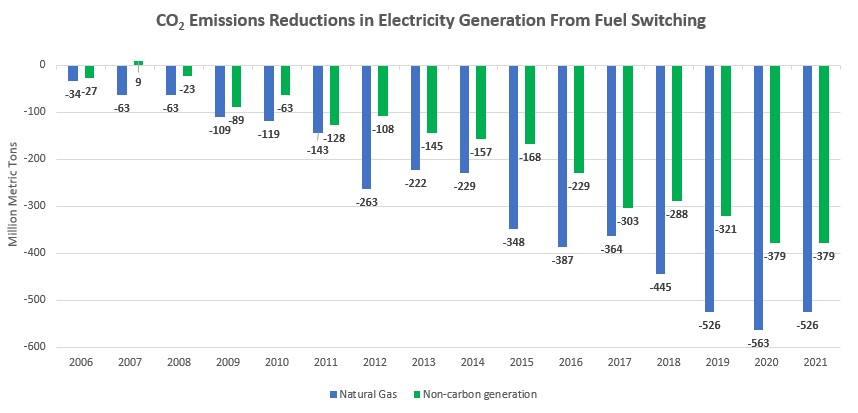Natural Gas’ Affordability Edge and Choice for American Families
Mark Green
Posted September 7, 2023
In terms of energy affordability for U.S. households, natural gas is No. 1.
So says a new forecast by the U.S. Energy Department (DOE), announced in the Federal Register. DOE’s chart, showing natural gas costs compared to electricity, heating oil, propane and kerosene.

Unclear is why the five energy sources weren't listed from most affordable to least, so here they are from least cost per million Btu to the highest cost per million Btu:

Big takeaway: Before we continue the march toward 100% electrification – including jurisdictions banning new natural gas hookups and outlawing natural gas stoves – policymakers should pause to consider what it means to Americans’ budgets to sideline the most affordable residential energy source in favor of the least affordable source.
Details: Natural gas is 3.3 times more affordable for residential energy use than electricity, according to DOE’s analysis, with an average unit cost of $13.97 per million Btu compared to $46.19 per million Btu for electricity.
DOE’s annual forecast is for annual estimated operating costs or other measures of energy use for certain consumer products and is required by law. The information is used by manufacturers as they comply with Federal Trade Commission labeling requirements.
The analysis is a strong argument for energy policies and approaches that protect consumer choice – not restrict it. (Another example is EPA’s proposed tailpipe emissions rule that could amount to a de facto ban on gasoline- and diesel-fueled vehicles currently driven by about 99% of Americans.) In both cases, policymakers should put people ahead of politics.
Karen Harbert, president and CEO of the American Gas Association:
“DOE’s analysis confirms the very clear and substantial cost-advantage of natural gas. Our nation’s domestic abundance of natural gas means American customers pay a fraction of what customers pay for other energy sources here at home and see significant savings compared to energy costs globally. … DOE’s findings underscore why it’s essential that consumers have the choice to select natural gas as their energy source.”
Reminder for policymakers: Natural gas already has the advantage of playing a key role in reducing carbon dioxide emissions from the U.S. power sector – accounting for more than 60% of CO2 emissions reductions from fuel switching in electricity generation since 2005:

Add to that natural gas’ affordability edge over other energy sources, and there’s a very compelling argument against pushes at the local, state or federal level to restrict or ban its availability for Americans to choose.
About The Author
Mark Green joined API after a career in newspaper journalism, including 16 years as national editorial writer for The Oklahoman in the paper’s Washington bureau. Previously, Mark was a reporter, copy editor and sports editor at an assortment of newspapers. He earned his journalism degree from the University of Oklahoma and master’s in journalism and public affairs from American University. He and his wife Pamela have two grown children and six grandchildren.


